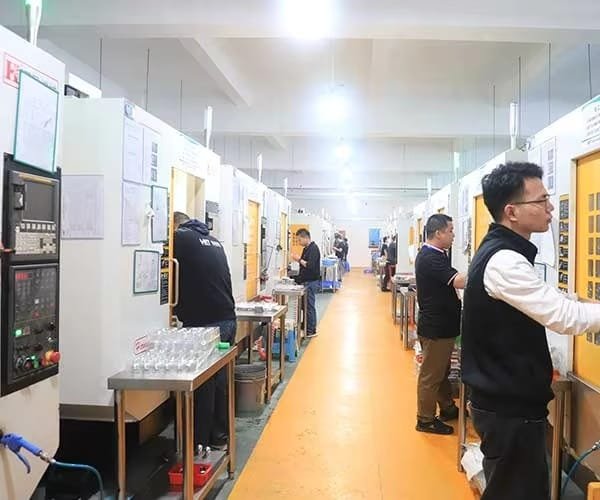Introduction
Machine fixture design is the creation of devices and tooling to hold, secure, and support a workpiece in order to ensure that the workpiece has not only the high-quality of machined surface but also the exact dimensional tolerances that have been planned prior to starting the whole process of designing the various fixture components. Fixtures are used to accurately hold workpieces in place as they are machined, assembled or inspected, thus reducing human error and improving efficiency. Poor fixture design leads to problems, including: misalignment of the workpiece, variability in tolerances, higher fixture setup time, to name a few.

This blog provides a comprehensive overview of fixture design basics, important considerations, fixture types, and best practices to improve manufacturing operations. Until the end, you will know how efficient fixtures helps you to save cost, safety, and high equipment manufacturing.
Understanding Machine Fixtures

Training — Machine FixturesMachine fixtures are used to hold a part and make accurate dimensions on all sides. Whereas jigs guide the cutting tool, fixtures only hold the workpiece in the correct position to create precision and replicate that process.
Importance of Machine Fixture Design

- Precision and accuracy Fixtures keep the workpiece stationary during the machining process resulting in more uniform results for multiple workpieces. By designing the fixture so that every product that goes through it meets spec.
- 2: Productivity: High-quality fixtures are designed with quick set-up times and can allow for faster machining cycle times, both of which can contribute to production increases.
- Enhanced Safety – Properly held workpieces minimize the occurrence of accidents, damage to the tool, and injuries within the workplace.
- Cost Efficiency- Good fixture designs always can save the excess material used and it helps to reduce the production cost for rework and scrap.
- Operator Convenience: A good fixture design makes the task easier so that the workers do not face fatigue, leading to overall efficiency on the production floor.
Key Principles of Fixture Design

1. Location and Positioning
Fixtures are a part of the workholding that must align and locate the workpiece in the correct orientation in relation to the machine tool. One widely used guideline is called the 3-2-1 Principle which states:
- A plane (main datum surface) is defined by three points.
- An edge (a secondary datum surface) is defined by two points.
- Laminar – One point defines the final constraint (tertiary datum surface)
This principle allows fixture designers to minimize unnecessary movements and achieve high machining repeatability.
2. Clamping and Stability
Secure clamping mechanisms should apply enough holding force on the workpiece to prevent unnecessary deformation. Some common clamping methods are:
- Manual operation mechanical clamps (toggle clamps, screw clamps).
- Automated pneumatic or hydraulic clamping systems for production lines.
- Gentle clamping with magnetic and vacuum clamping for sensitive workpieces
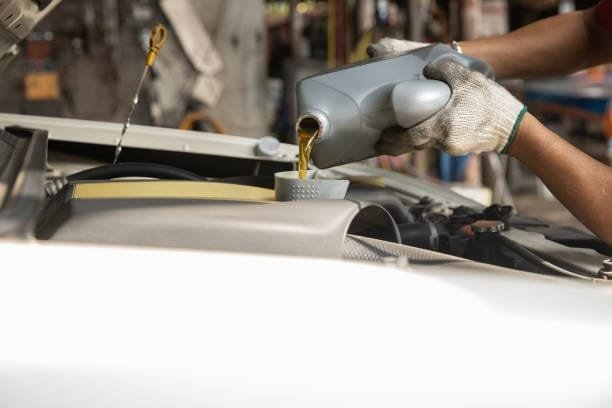
3. Rigidity and Strength
Therefore, fixtures must be balanced to hold the components steady against the cutting forces, vibrations, and thermal shocks, and should not deform significantly. High-strength materials like hardened steel, aluminum or composites enhance durability and longevity.
4. Accessibility and Ergonomics
Fixtures must provide easy loading/unloading of workpieces while also ensuring enough clearance for cutting tools and coolant flow. An ergonomic design decreases strain on the worker and accelerates production cycles.

5. Modularity and Flexibility
The fixture should be custom designed.000 for multiple variations of the workpieces, and include modular components that can support different operation. This is less fixtures to need and lower cost.
Types of Machine Fixtures

1. General-Purpose Fixtures
These are all-purpose fixtures that accommodate wide variations and extensive range of workpieces. Examples include:
- Vices: Used primarily in milling Operations.
- Chucks: Used in lathe machining to clamp cylindrical workpieces.
- Clamping plates are straightforward and versatile work-holding solutions.
2. Dedicated Fixtures
Dedicated fixtures are designed for a particular workpiece and operation- they provide the best precision and efficiency but offer no flexibility. These types of fixtures are often employed in high-volume manufacturing where repeatability is essential.
3. Modular Fixtures
This type of fixtures have modular parts that can be used to accommodate different workpieces. Batch production benefited from the application of modular fixture systems enabling them to be more flexible and cost-effective.

4. Hydraulic and Pneumatic Fixtures
These automated tools typically apply fluid or air pressure to clamp workpieces into place with minimum manual intervention and maximum production efficiency. Also, they are widely adopted in CNC machining centers and robotic assembly lines.

5. Inspection Fixtures
Used for quality control, these fixtures securely hold workpieces in controlled orientations for measurement and for inspection. They keep things consistent and allow manufacturers to adhere to tight tolerance specifications.
Applications of CNC Fixtures in Manufacturing
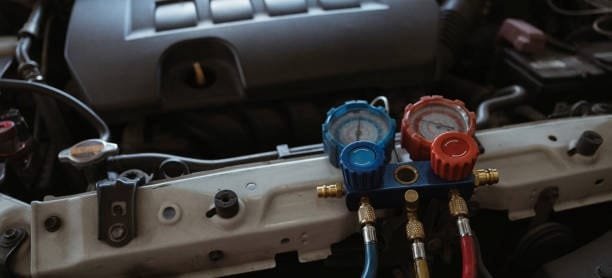
CNC fixtures are integral to modern manufacturing operations that work around CNC machining. This is primarily due to the capability of these fixtures, which increases the efficiency, accuracy, and consistency of the machined workpiece by firmly holding and positioning the workpiece. Trained on data until October 2023. CNC fixtures can be used in most operations such as CNC turning, CNC milling, CNC grinding, CNC slotting etc and CNC drilling. There are two main attributes of CNC fixtures which outline their process.

- Positioning: CNC workholding fixtures also allow for the proper positioning of the workpiece in relation to the machine tool during the machining process. This accuracy allows manufacturers to obtain the desired design specifications and tolerances.
- Clamping: After proper alignment of the workpiece, the CNC fixture exerts a force on workpiece to immobilize it from your translational and rotational movement that can hinder the machining operation.

These roles are critical to industries like the automotive industry and manufacturing, where CNC workholding fixtures help secure and orient vehicle parts throughout the welding, assembly and machining process.
Steps in Fixture Design Process
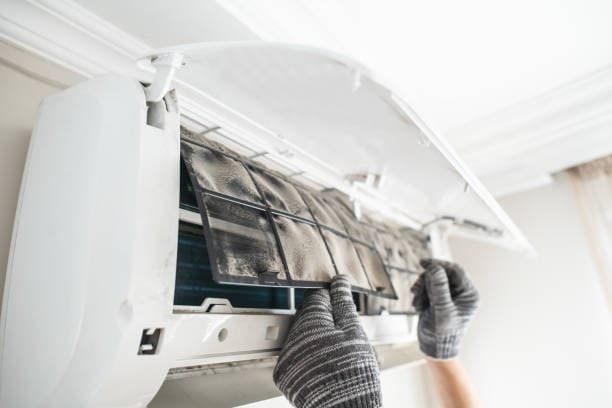
Step 1: Define Requirements
It’s essential to have knowledge of the workpiece geometry, machining process, tolerances, and production volume. The material involved, the design of all the parts, and all the machining operations in the process are just some of the design considerations.
Step 2: Select the Appropriate Fixture Type
Based on the requirements, select general-purpose, dedicated, custom fixtures or modular fixtures. Keep in mind elements such as automation, usability, and versatility.

Step 3: Develop the Fixture Concept
Sketches and/or 3D modeling of the fixture at proper placement, angle plate clamping and stability. Computer-aided design (CAD) software is typically employed to model and simulate the design prior to manufacturing.
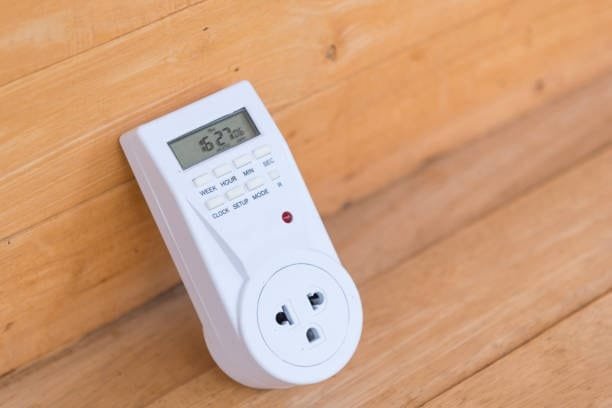
Step 4: Material Selection
Materials selection is based on strength, wear resistance, and thermal stability. The fixture needs to hold up to the machining forces without undue wear or deformation.
Step 5: Manufacturing and Testing
Build the fixture and test-fit it to achieve precision, consistency, and usability. Will likely require adjustments to bring performance in line before entering full-scale production.
Classification Based on Their Uses

CNC fixtures can also be categorized by other components based on their applications in machining operations. CNC fixtures are generally used for specific purposes and based on that here is a list of the most common CNC fixtures:
1. CNC Vise Fixtures
CNC vise fixtures are popular due to their versatility and ease to work with. CNC vises are powered by pneumatic or hydraulic mechanisms, making them more accurate than the mechanical vises. These fixtures have inclined surfaces in the internal mechanism, which firmly clamps the jaw and prevents jaw lifting. Furthermore, they are indispensable in CNC milling and drilling applications because their precision-ground edges permit exact location on the worktable.
2. Angle Fixtures
Angle fixtures allow for workpieces to be held firmly at specific angles, making them suitable for machining processes like chamfering, beveling, and angled drilling. The hole grid in these fixtures gives machinists more freedom to mount parts during machining of complex components.
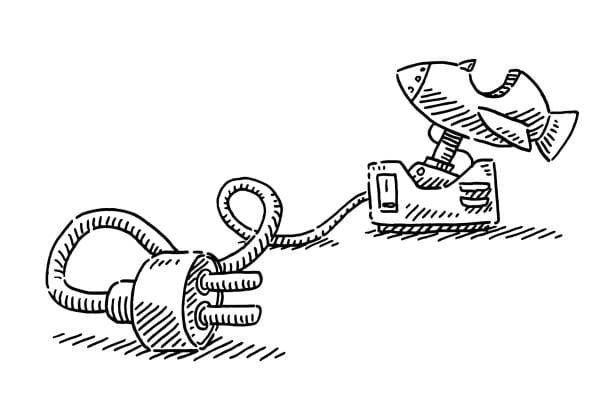
3. Modular Fixtures
The modular fixtures provide an innovative workholding solution in an adjustable and configurable component. However, these fixed parts can be rearranged with workpieces made up of clamps, supports, tooling plates, and locators. Modular fixtures help manufacturers who have to deal with many different products as they improve positioning accuracy and lower costs while increasing throughput. Also, can be get easy disassembled when machining is done.

4. Jig Fixtures
In CNC machining, the tools used to direct the cutter’s path over the workpiece are called jigs. They are often used in drilling operations to true holes so they are in accurate locations. Here are some common types of jigs:
- Plate jigs
- Leaf jigs
- Angle jigs
- Diameter jigs
- Template jigs
5. Clamp Fixtures
This includes different types of clamps and sizes, but the purpose swing clamps remains the same: that the workpiece is firmly held, and does not move throughout the machining process. These machines rely on mechanical force through screws or springs to keep a tight hold on the workpiece. Although clamps are not technically CNC fixtures of any type, they are part of workholding systems. Types of clamps commonly include:
- Edge clamps
- Step clamps
- Toe clamps
- Hold-down clamps
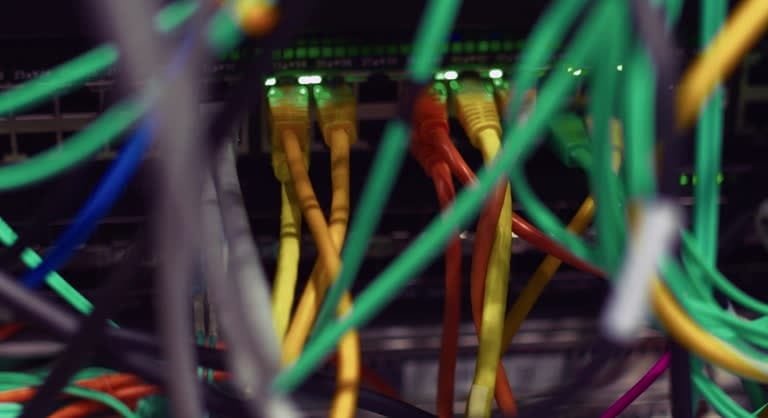
6. Universal Fixtures
They are dynamic and adjustable to suit workpieces. Ideal for rounded surface finishes or precision cuts, these fixtures are machined to fit in multi-axis machines with excellent stability. Universal fixtures are a great solution for manufacturers that handle wide-ranging materials and geometries because their elements can be replaced and modified.
Best Practices in Fixture Design

- Reduce Setup Downtime: Designs for quick-change fixture designs allow a process to change from one type of part to another in less time.
- Avoid Obstructions: Look for a clearance that will not block the path of cutting tools. Increase tool life.
- Use Standardized Components: The more modular and interchangeable components used, the lower manufacturing costs and higher flexibility in construction.
- Clamping Force Optimization: Even pressure over the workpiece surface will minimize deformation.
- Account for Thermal Expansion: Keep in mind how temperature changes may impact machining accuracy.
- Safety Features: The fixture should include shielding along with proper locking mechanisms to help avoid accidents.
Key Considerations for Designing Custom CNC Fixtures

There can be a steep learning curve involved in designing a CNC fixture and the complexity of such a task can vary immensely depending on the design of the fixture body the part and the machining capabilities involved fixture plates. Importance of Fixture Design However several important factors need to be considered to facilitate better fixture design:
1. Define the Design Requirements of the CNC Fixture
Clearly define the CNC fixture requirements prior to initiating the design process. This entails setting performance targets in terms of production correctness, performance per rate, cost affordability, and durability horizontal machining centers. Defining a clear set of goals ensures that the fixture is in harmony with machining requirements and boosts entire productivity dowel pins.
2. Gather Essential Information from the CNC Shop
The next important step is to gather information about the resources. This involves knowledge of the types of CNC machines going to be used cast iron, materials with which the fixture may work with, the number and sequence of machining operations mounting holes, and specifications of the workpiece. Gathering this information helps AI create a fixture that integrates seamlessly with any existing machining processes.
3. Develop Multiple Drafts for CNC Fixture Design
There are many workholding fixture solutions in CNC, allowing for brilliant and flexible designs. Making multiple design drafts and workholding ideas are great for you workpiece rotation. Engineers can arrive at the best and most practical choice by comparing various fixture ideas for machining operation various machining operations.
4. Select the Most Suitable CNC Fixture Design
After generating multiple design, we need to evaluate the pros and cons of each of them w.r.t project requirements. The decision of the final fixture design should also be made considering the tooling costs, manufacturing costs, product lifetime, maintenance requirements, etc. With an informed decision, you can select a fixture that promotes machining while incurring minimal cost.
5. Optimize and Implement the Chosen Fixture Design
Selecting the most suitable fixture design leads to the necessity for optimizing in addition to finalizing the production plans. Its objective is to provide a cost-effective mechanism that delivers precision and reliability. Industry experts recommend standard parts such as clamps, plates and studs to keep production economical and avoid compromising quality.
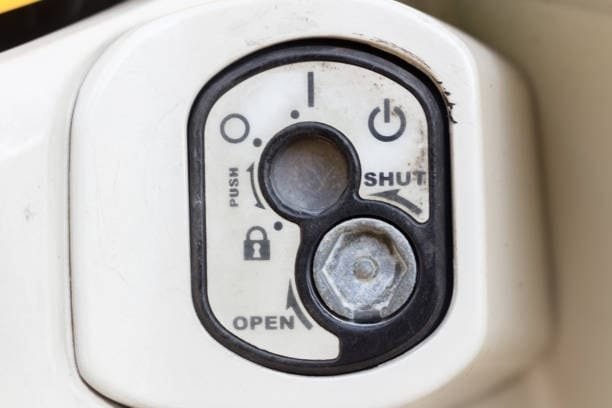
Additional Considerations
- When machining a fixture the extra attention to surface finishing is often not warranted. Still, advanced types of surface finishes, which may be necessary for some applications, should be used judiciously, as long as it only shows a noticeable difference when needed.
- Tight part tolerances should be avoided, as they come with an increased cost and do not directly result in better positioning accuracy.
Adhering to such guidelines will enable manufacturers to create CNC fixtures that maximize productivity, minimize costs, and enhance machining precision — as well as the time taken for CNC fixture development.
Advanced Techniques in Fixture Design
- This method can be used in any CAD/CAM software: In most cases, the use of CAD easily leads to automation of fixture design by simulation, stress analysis, and virtual testing.
- Automation and Robotics: Fixtures integrated with robotic arms and CNC machines improve the manufacturing process, particularly in high-volume production.
- Additive Manufacturing for Prototyping: 3D printed fixtures help reduce lead time and development costs.
Conclusion
Design for machine fixtures is very important in manufacturing for the precision, efficiency, and safety. Adequate position, clamping, rigidity, and modularity are just a few of the many engineering principles that flow into an effective fixture for productivity. General purpose, dedicated, and modular tooling serve their specific purposes, but knowing the rules of the design game produces great parts no matter where they spin. CNC fixtures are a critical element of any CNC machining operation, enabling precision, efficiency, and repeatability in the production process. These fixtures play a crucial role in production by offering the workholding capabilities needed to improve quality and consistency, whether they are categorized according to the machining operation they perform or their specific use. With industries evolving also, as well as they require more precision than ever, the solutions of advanced CNC fixtures will be growing and proving equally the perfect for the betterment of Machining Processes.

